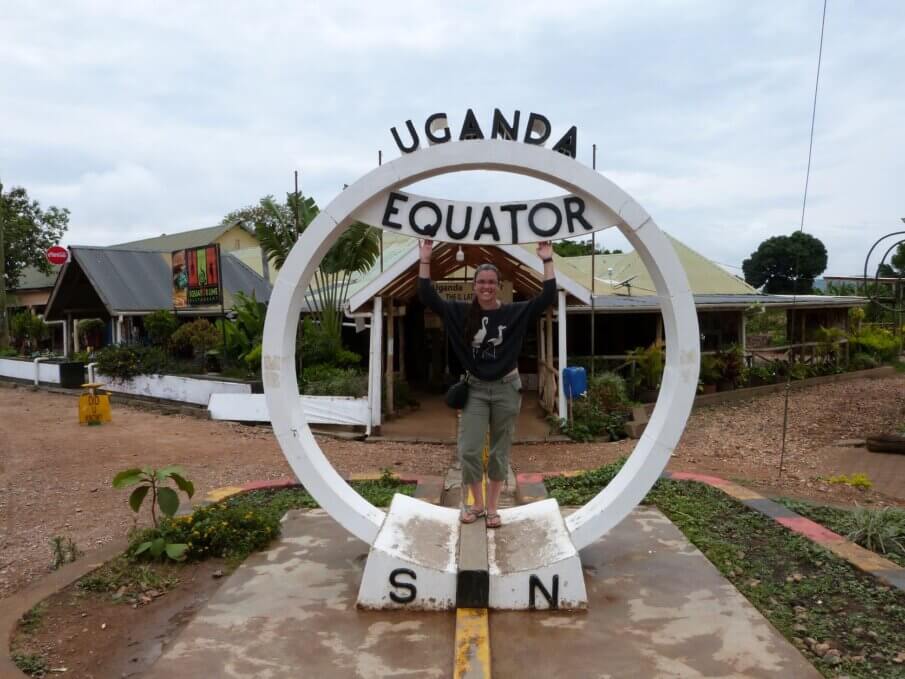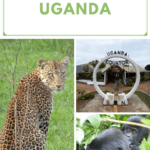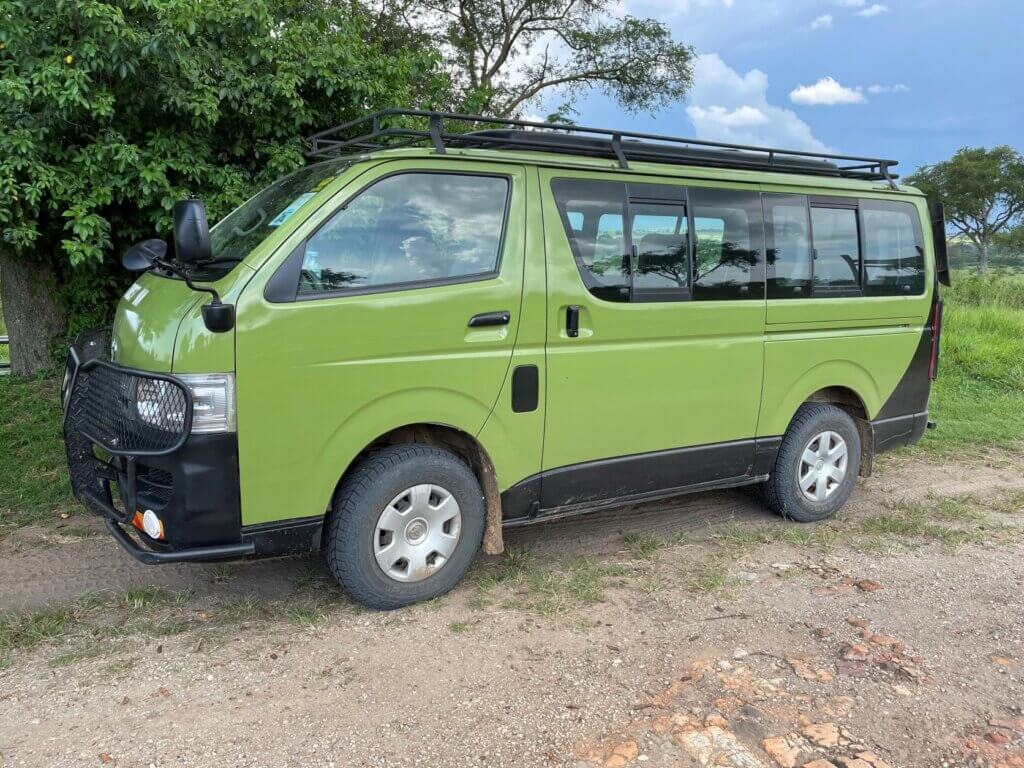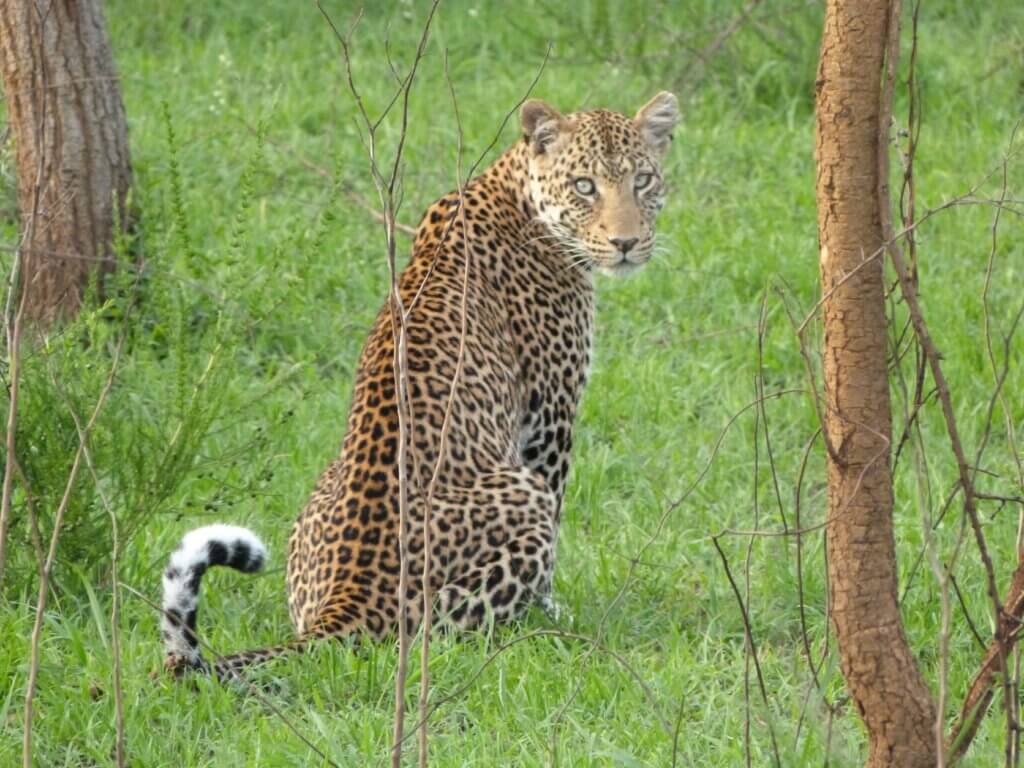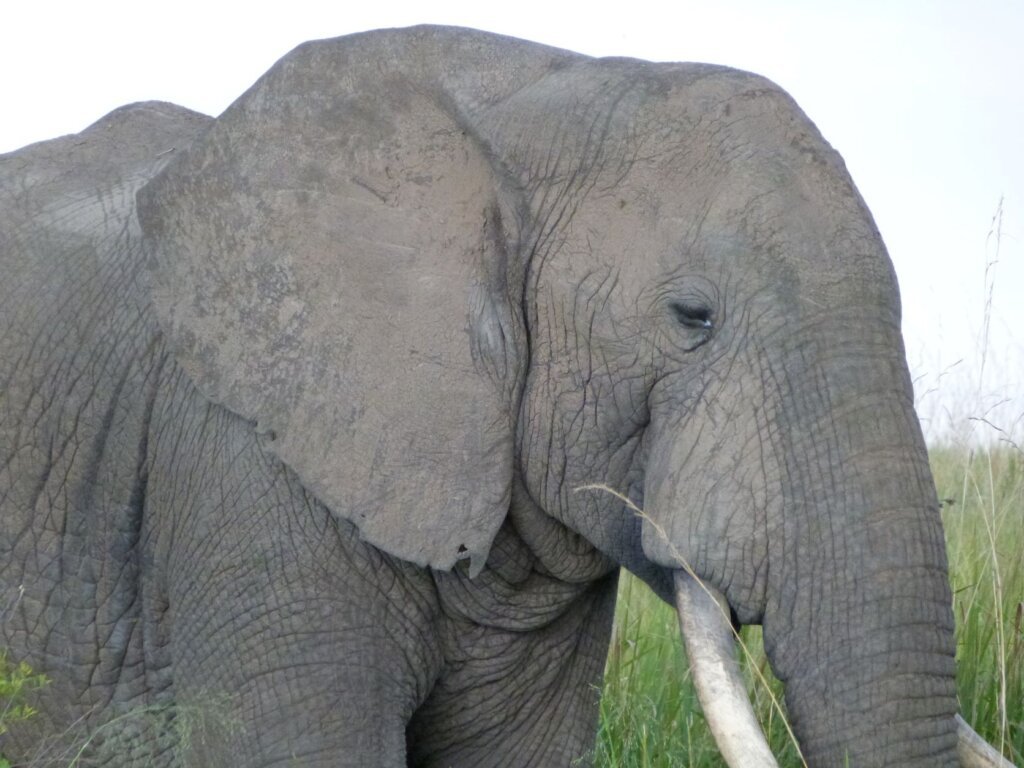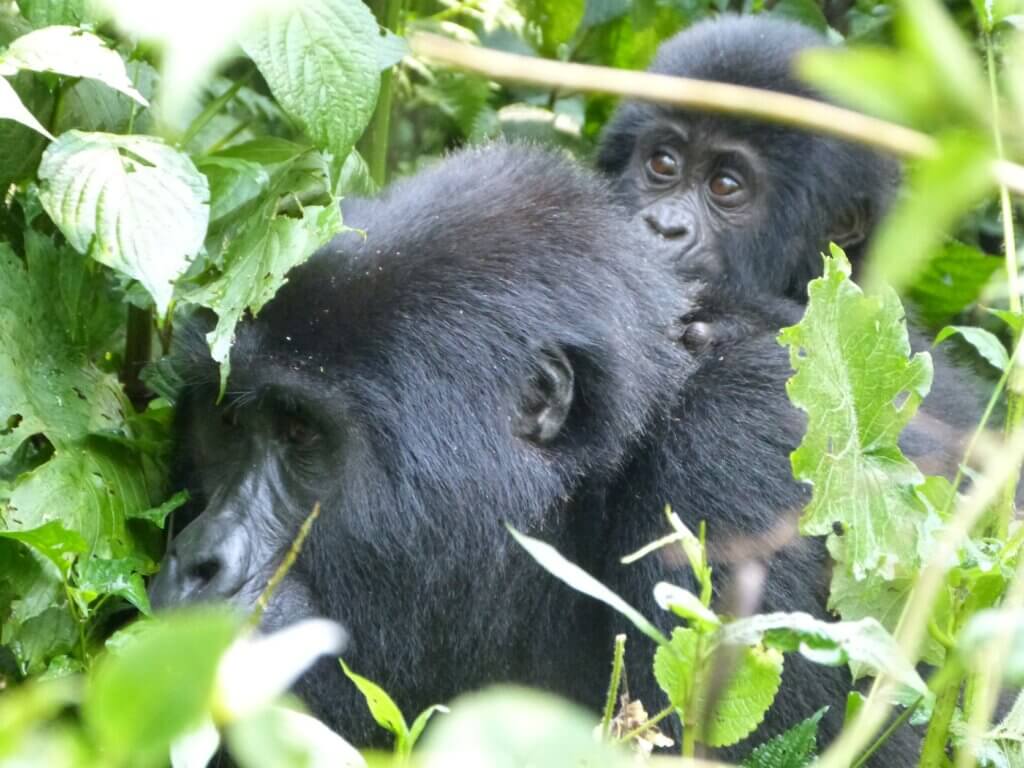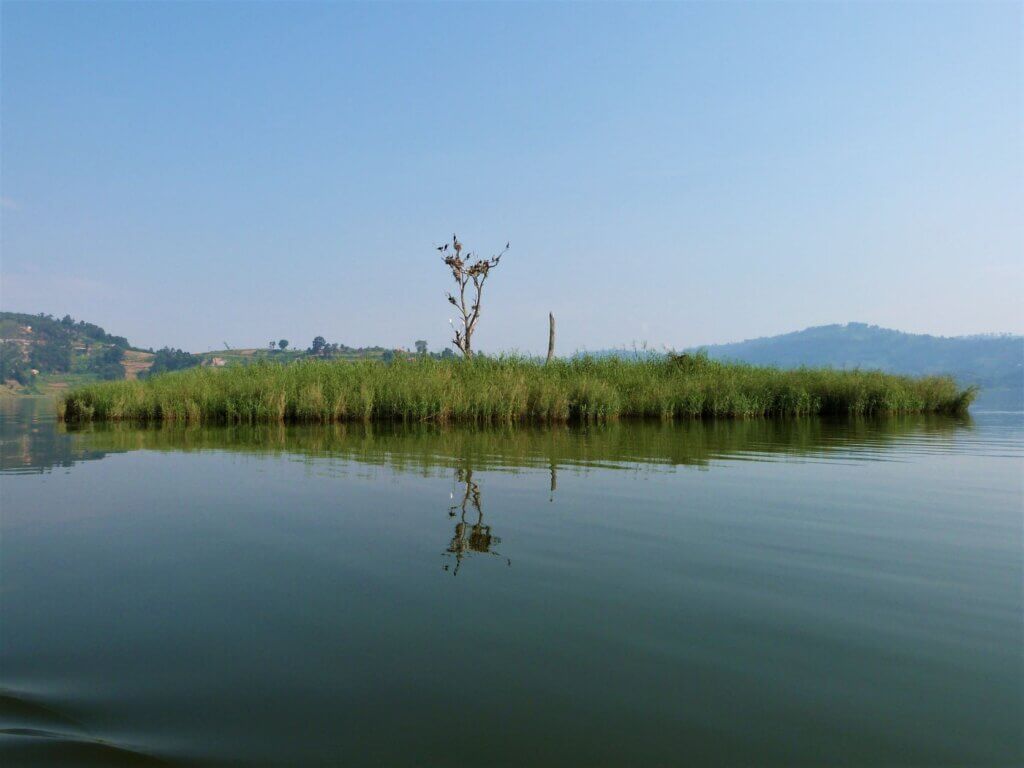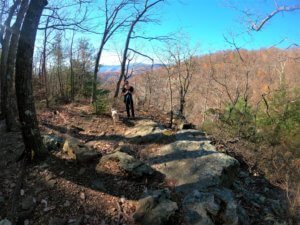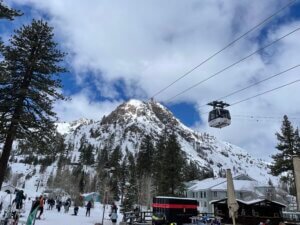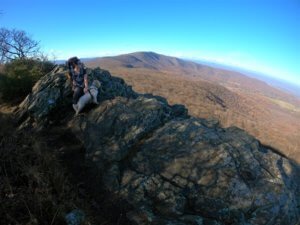Uganda is a beautiful country filled with kindhearted people. It is the Pearl of Africa. Situated on the equator the weather is perfection and the surrounding area a lush green.
This guide will give you all the important details for planning your trip to Uganda.
Entering the Country
There are a couple of key things you need to enter the country and a couple things to consider.
Required to enter Uganda
- Tourist Visa – an online application and payment method is available online. It usually takes a couple days to get your approval. Once you arrive in the country at immigration you will show them your approval and they will provide you with a visa.
*If you do not apply online there is also an immigration officer that is waiting where you can apply and pay for a visa as you arrive. It will just take longer of course.
- Yellow Fever Vaccine – they will not allow you into the country without proof of a yellow fever vaccine. As with any vaccine, make sure to get it at least two weeks in advance as it takes about that amount of time for your body to build up antibodies to protect you. If you have questions about it I would talk to either your regular doctor or a physician at a Travel Clinic.
Not required but strongly recommended
- Typhoid vaccines – this vaccine isn’t required but it is possible to get typhoid from eating and drinking inappropriate things. There are pills you can take but a vaccine is just easier and it lasts longer.
- Anti-Malarials – this really is a must. They do have malaria in Uganda and one of the best prevention measures (aside from bug spray and sleeping under a bug net) is to start a prescription of anti-malarials and take the entire prescription as provided by your healthcare provider.
People are sometimes hesitant about taking them because the original ones sometimes caused night terrors, hallucinations, and horrible stomach issues. But the new ones don’t have any of that. I didn’t notice a difference at all while I was taking them.
- Travel insurance – I have to admit that for some trips I don’t buy travel insurance but for trips like this, where there is a chance of getting really sick or having something happen could be a higher risk I buy insurance. And I always use World Nomads.
- Anti-diarrheals – This is just in case. Just in case you eat something that doesn’t sit right and you get travellers diarrhea you have something to help you get past it.
Your healthcare provider can prescribed a three dose regimen that will take care of it. But you should also consider bringing some electrolytes and make sure to drink lots of bottled water.
Currency
The Ugandan currency is the shilling. If you think you are going to be able to exchange money with your regular bank you may be out of luck. Trust me, I tried.
Most banks will only carry currency for certain countries, particularly ones that people visit the most.
Your options then are to take money out at an ATM (which is totally doable and reasonable), exchange money at the airport when you arrive, or use US dollars (they accept those too).
Hire Guide
If Uganda is on your list, and it should be, I recommend you hire a guide. The main highways are paved but the towns and even the secondary roads are dirt, rutted and difficult to navigate. Especially since most roads do not have a name.
You can see easily getting lost if you have never been to the country. Even if you have been to the country once or twice, you’re still likely to get lost.
I had Muky Tours and Safari as my guide and he was seriously the best. He really knows his country, the people, the best places to see, and where to eat.
It’s ok to rely on a guide, it doesn’t have to be as part of a tour group and the prices are extremely reasonable. If you tell him what you are interested in doing and seeing he will help curate the perfect trip for you.
Places to Visit
Uganda is so rich in nature and wildlife there is no way you can see it all in one trip, unless you plan to stay for a month. Then maybe.
These are a couple of my top recommendations.
Lake Mburo National Park
The smallest national park in Uganda but big on wildlife with 68 different species of mammal found and a huge variety of birds. Located west of Kampala in the Kiruhura District, this 260 square kilometre park is a great first stop on your trip.
It is the closest national park to Kampala and Entebbe, so it makes sense to start your trip here. You can also stay at the Rwakobo Rock Resort, an eco-friendly resort on the outskirts of the park.
You can experience this park by going on a game drive, biking through the park, or going on a walk through the park. Anything, however, where you are outside of the vehicle will require a guide that is carrying a gun, as hippos, leopards and buffalo can be very dangerous and call this park home.
What can you expect to see during a trip through this park? Zebras, giraffes, leopards, hippos, water buffalo, waterbucks, topi, impalas, and more birds than I can list here. It’s a beautiful park with acacia trees and grassland and a beautiful park to visit.
Queen Victoria National Park
In Uganda it is possible to see several national parks in one trip. Though I will say, if you are trying to squeeze them in over a short time (like a week, which is what I did) expect to spend a lot of time driving. It’s a great way to see the country but the roads are bad, so the drive takes that much longer.
Queen Victoria National Park is one you can drive straight through or take some side roads to see the two main spectacles, the elephants and the lions.
It is considered one of the most popular tourist destinations because of the 95 species found in this park and the mixture of habitat found here. It is also significantly larger than Lake Mburo at 1,978 km2 (764 sq mi).
Bwindi National Park – the Impenetrable Forest
This is the reason many people come to Uganda. The forest is home to the mountain gorillas. Multiple gorilla families that are being monitored and tracked daily to help conserve the species.
The reason to come to this park is to go gorilla trekking. To see these incredible animals up close. There truly is nothing like it.
For more information check out Gorilla Trekking in Uganda.
Lake Bunyonyi (meaning lots of little birds)
Not a national park but a unique area all the same and a great place to stop along the way. This lake has around 29 islands (yes it’s that big). Once mountains and a volcanic region the landscape changed with the volcanic activity and a lake was created leaving only the tops (islands) remaining.
People live on the various islands, commuting via boat to the mainland to exchange goods. There is a hospital on one of the islands and schools. The islands are steeped in history and you can take a boat ride with a guide around them to learn more.
One island, the smallest and most barren of the islands shows the darker history of this tribe of people. It was where young women were taken if they were found to have had sex before marriage. Especially if they were pregnant from that indiscretion.
The family would then drop the girl off on this island where she was left to die of starvation. Thankfully this is not practiced anymore and it is home to nesting cormorants. But it is still chilling when you see this island, because you can feel the sadness and horror permeating the air.
Hike Mount Stanley (AKA Mount Ngaliema)
At 5,109 m (16,763 ft), this mountain is the highest peak in Uganda and the third highest in Africa. There are several trekking routes you can take but you will need to go with a guide. Expect to take around 7-9 days.
It is recommended that you are in good physical fitness and have some experience with ice hiking, though it is not necessary.
There will be the use of ropes and crampons and it is generally considered more challenging than Kilimanjaro.
Each company will provide slightly varied itineraries and pricing but to give you an idea Gane and Marshall offer an 11 day itinerary at $1812 per person.
Safety
This country is extremely safe. Though there are pick pockets in the city, like anywhere, overall it is safe. I will say however, if you appear that you may have money, some of the kids will even ask you for money. But don’t be alarmed, they are just kids and for the most part they just want to wave and say hello.
Concluding Thoughts
I loved Uganda. Honestly, it was one of my favorite countries to visit to date. I felt so alive there and being immersed in nature and seeing the relationship with the people and the wildlife that they share the land with was honestly heartwarming.
I am not saying that they do not have their challenges and that there isn’t still human-wildlife conflict but in general the place offers so much to so many. From an abundance of fresh produce, to a variety of fresh water fish species. Their main challenges are the treatment of their dictator president holding them back from truly taking that next step forward and the shortage of clean water.
But that shouldn’t deter you from visiting this stunning country and its people. They are happy to share their heritage and their unique wildlife and ecosystems with all those that want to come.
